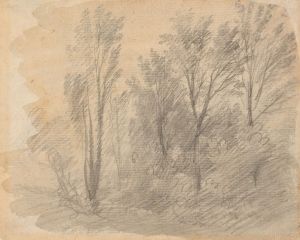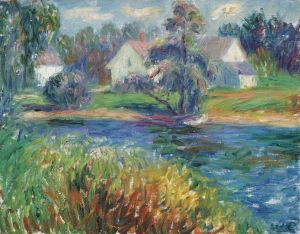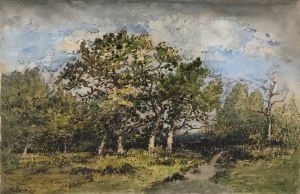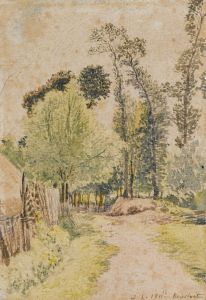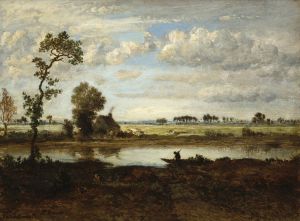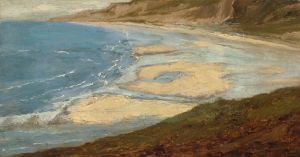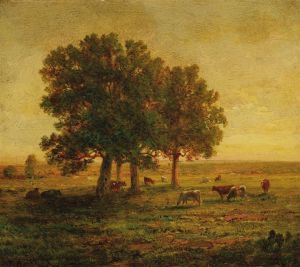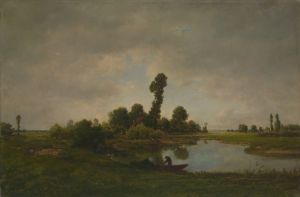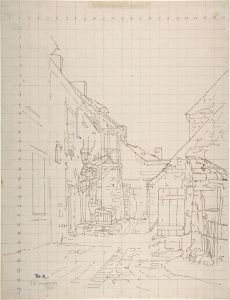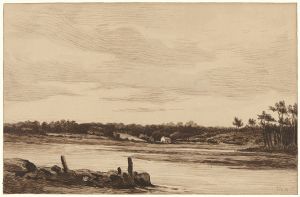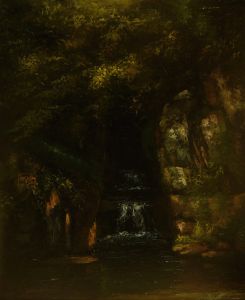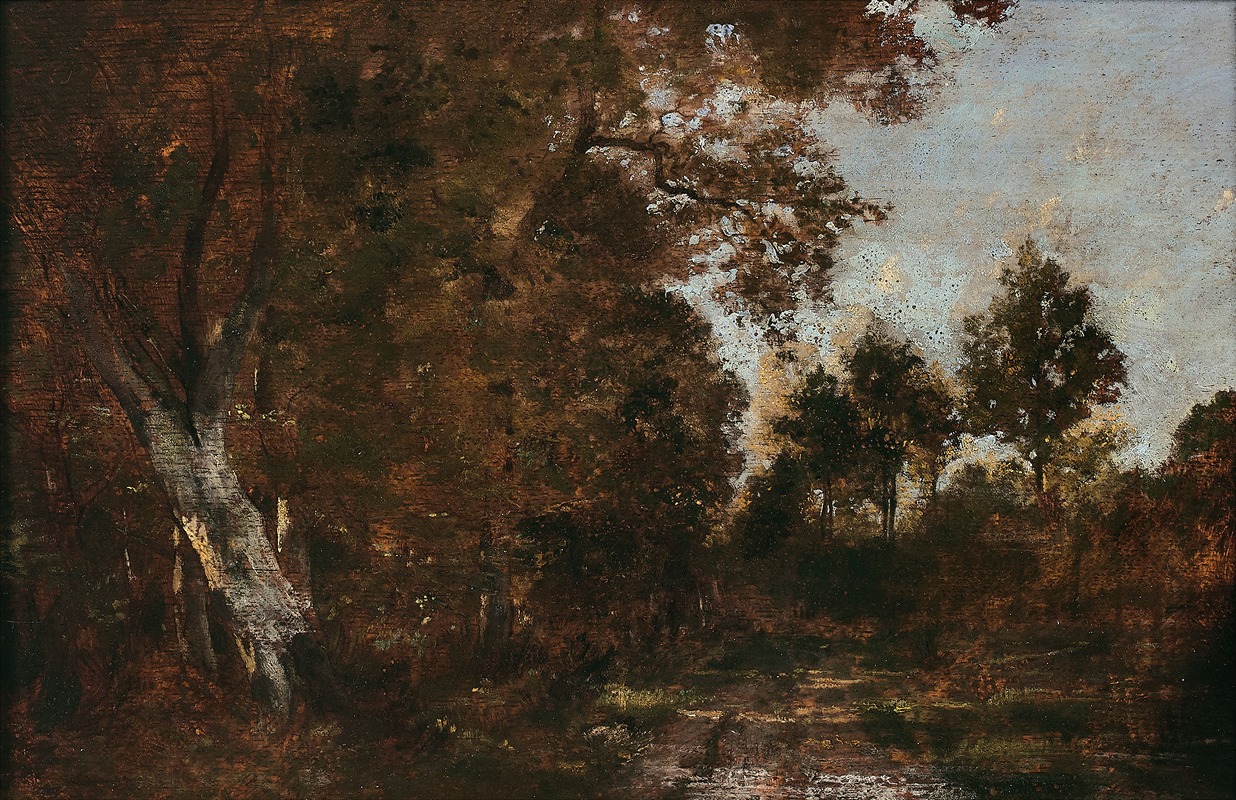
Paysage de sous-bois
A hand-painted replica of Théodore Rousseau’s masterpiece Paysage de sous-bois, meticulously crafted by professional artists to capture the true essence of the original. Each piece is created with museum-quality canvas and rare mineral pigments, carefully painted by experienced artists with delicate brushstrokes and rich, layered colors to perfectly recreate the texture of the original artwork. Unlike machine-printed reproductions, this hand-painted version brings the painting to life, infused with the artist’s emotions and skill in every stroke. Whether for personal collection or home decoration, it instantly elevates the artistic atmosphere of any space.
Théodore Rousseau's "Paysage de sous-bois" is a notable work by the French painter, who was a leading figure in the Barbizon School, a movement that played a crucial role in the development of landscape painting in the 19th century. Rousseau, born in Paris in 1812, was known for his dedication to capturing the natural beauty of the French countryside, and "Paysage de sous-bois" exemplifies his commitment to this artistic pursuit.
The Barbizon School, named after the village of Barbizon near the Forest of Fontainebleau, was characterized by its members' preference for painting en plein air, or outdoors, to directly observe and depict nature. This approach marked a departure from the traditional studio-based methods that dominated academic art at the time. Rousseau, along with other artists like Jean-François Millet and Camille Corot, sought to portray the landscape with a sense of realism and emotional depth, focusing on the interplay of light and shadow, as well as the textures and forms found in nature.
"Paysage de sous-bois," which translates to "Forest Landscape," is a quintessential example of Rousseau's work during his time with the Barbizon School. The painting captures a serene and intimate view of a wooded area, emphasizing the dense foliage and the dappled light filtering through the trees. Rousseau's meticulous attention to detail and his ability to convey the atmosphere of the forest are evident in the way he renders the leaves, branches, and undergrowth. The composition invites viewers to immerse themselves in the tranquility and solitude of the natural setting.
Rousseau's technique in "Paysage de sous-bois" reflects his mastery of color and brushwork. He often employed a rich, earthy palette to convey the lushness of the forest, using subtle variations in tone to create depth and dimension. His brushstrokes, while precise, also exhibit a certain fluidity, capturing the movement and vitality of the natural world. This approach not only highlights Rousseau's technical skill but also his deep appreciation for the landscape he depicted.
Throughout his career, Rousseau faced challenges in gaining recognition from the official art institutions of his time. Despite his talent, he was frequently rejected by the Paris Salon, the prestigious art exhibition of the Académie des Beaux-Arts. However, his persistence and dedication to his craft eventually earned him acclaim, and he became a respected figure among his contemporaries and later generations of artists.
"Paysage de sous-bois" is a testament to Rousseau's influence on the evolution of landscape painting. His work paved the way for future movements, such as Impressionism, which further explored the themes of light, color, and the natural environment. Today, Rousseau's paintings are celebrated for their contribution to the art world and their ability to evoke the serene beauty of the natural world.
In summary, Théodore Rousseau's "Paysage de sous-bois" is a significant work that embodies the principles of the Barbizon School and showcases the artist's dedication to capturing the essence of the French landscape. Through his skillful use of color, light, and composition, Rousseau invites viewers to experience the tranquility and majesty of the forest, leaving a lasting impact on the history of art.





